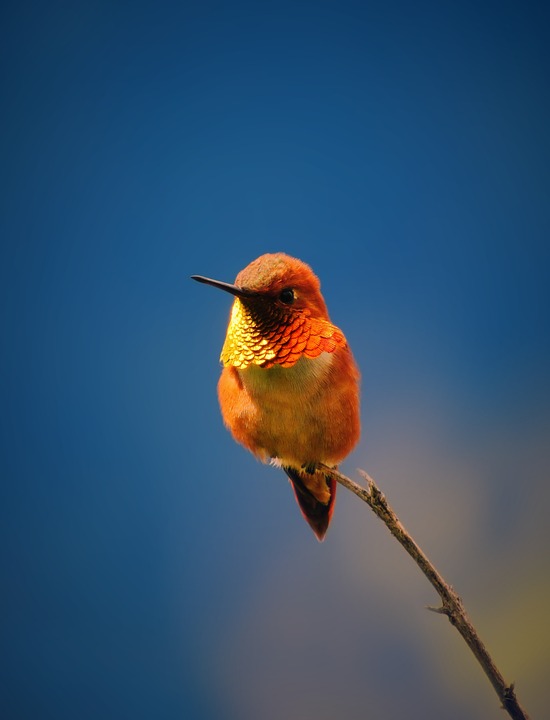The Amazon rainforest is one of the most biodiverse regions on Earth, home to countless species of plants and animals. However, the rapid deforestation and fragmentation of the Amazon have posed a significant threat to the wildlife that calls this vast ecosystem home. In an effort to mitigate the impact of deforestation on wildlife, conservationists have turned to innovative solutions, such as canopy bridges, to help animals navigate their fragmented habitats.
Canopy bridges are elevated walkways that connect different parts of the forest canopy, allowing animals to move freely between isolated patches of forest. These bridges are typically made of ropes, cables, and platforms, and are strategically placed to provide safe passage for animals that would otherwise be unable to cross large gaps in the forest. By creating these connections between fragmented habitats, canopy bridges help to maintain genetic diversity among populations and ensure the long-term survival of species in the Amazon.
One of the key benefits of canopy bridges is their ability to reduce the risk of wildlife-vehicle collisions. In areas where roads cut through the forest, animals are often forced to cross dangerous highways to reach essential resources such as food, water, and mates. Canopy bridges offer a safe alternative to crossing roads, reducing the likelihood of animals being injured or killed by vehicles. This not only helps to protect individual animals but also contributes to the overall health and stability of wildlife populations in the Amazon.
In addition to providing safe passage for animals, canopy bridges also play a crucial role in promoting ecosystem connectivity. By linking fragmented habitats, these bridges allow for the exchange of genetic material between populations, which is essential for maintaining healthy and resilient ecosystems. This genetic connectivity helps to prevent inbreeding and increases the adaptability of species to environmental changes, ultimately enhancing their chances of survival in the face of threats such as climate change and habitat loss.
Furthermore, canopy bridges have been shown to benefit a wide range of species, from small mammals and birds to larger predators such as jaguars and pumas. By facilitating movement across the forest canopy, these bridges enable animals to access new feeding grounds, breeding sites, and territories, expanding their range and increasing their chances of finding suitable mates. This increased mobility not only supports the survival of individual animals but also contributes to the overall health and diversity of the Amazon ecosystem.
Overall, canopy bridges represent a valuable conservation tool for protecting wildlife deep inside the Amazon. By providing safe passage for animals, promoting genetic connectivity, and enhancing ecosystem resilience, these bridges play a vital role in safeguarding the rich biodiversity of the Amazon rainforest. As deforestation continues to threaten the survival of species in the region, the implementation of canopy bridges offers a promising solution for mitigating the impact of habitat fragmentation and ensuring a sustainable future for the wildlife of the Amazon.





